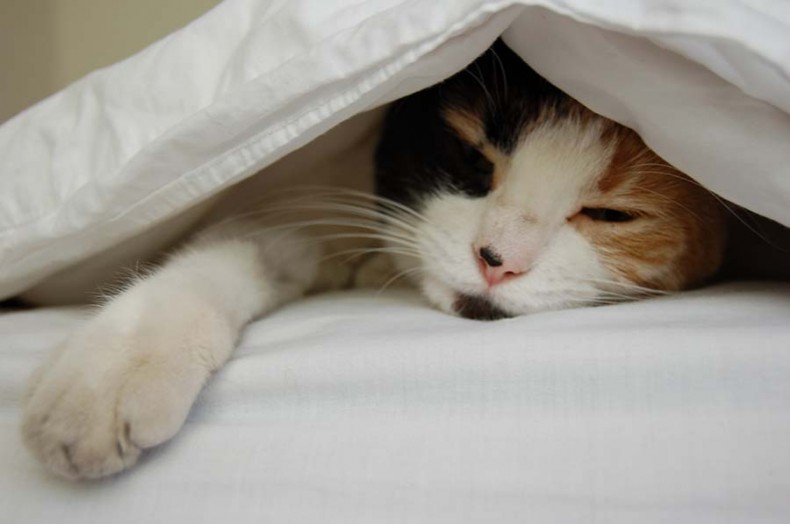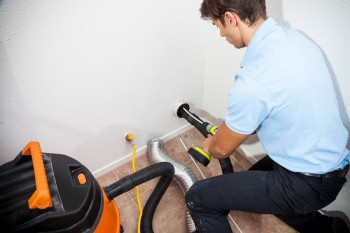Taming power costs
Keeping your pets (and your energy bill) comfortable this winter
By Patrick KeeganA heated pet bed or bed warmer uses far less energy than running your heater all day while you are away. Blankets can also keep pets warm.
Pet owners often assume their indoor pets want the same level of cooling and heating as the rest of the family. However, most dogs and cats can be comfortable with a wider range of temperatures. An exception might be an older pet or one with medical issues.
Keeping your pet comfortable when you’re away this winter doesn’t have to take a bite out of your energy bill. Here are some ways to keep your pet cozy without cranking up the thermostat:
- Make sure that your indoor pet has a warm place to sleep, like a pet bed with a blanket. Consider giving him or her a few sleeping options throughout your home in different temperature zones.
- If you have a very drafty home or an older pet who may appreciate more warmth, a heated pet bed or bed warmer will use far less energy than running your central heating high all day. This solution can also be good for those who keep their pets in the garage.
- A cozy, insulated doghouse might be all a heathy outdoor dog needs, except on the coldest days.
- Those with unique pets, like birds or lizards, may need to keep them in warmer environments. Consider moving these pets to a room that can be easily kept warm, but note that this may change over the course of a year. David Bopp, an energy advisor at Flathead Electric Cooperative in Montana, says that he performed an energy audit for a member with tropical birds kept in a sunroom at more than 80 degrees Fahrenheit. While this temperature was easy to reach in the summer, winter weather — combined with the sunroom’s windows — resulted in very high heating bills.
- Pet doors are popular, but they can also be a major air leak. When purchasing one, make sure it has energy-efficient features, like thick construction, weather sealing and the ability to be closed off when not in use. Some newer models have magnet or battery locks: a small magnet or sensor on your pet’s collar opens the door and the rest of the time the door is shut tight.
About the Author
Co-written by Patrick Keegan and Amy Wheeless of Collaborative Efficiency. Patrick Keegan writes on energy efficiency for the National Rural Electric Cooperative Association.-
Share this story:




